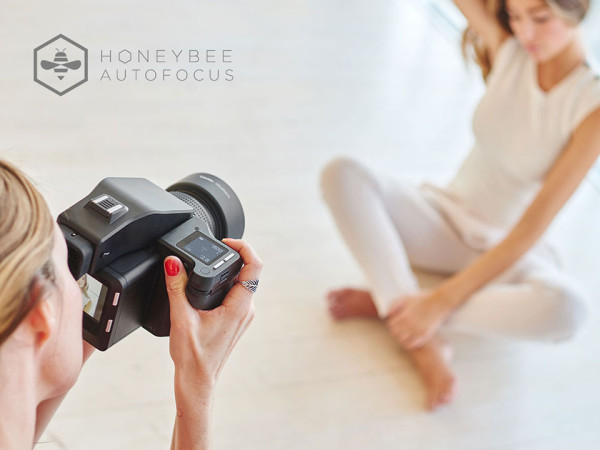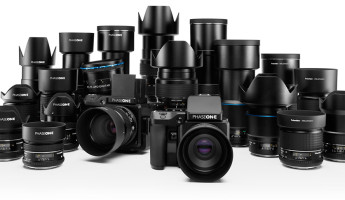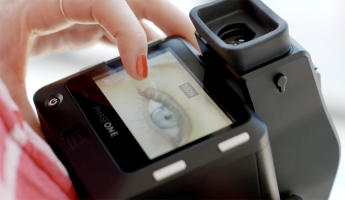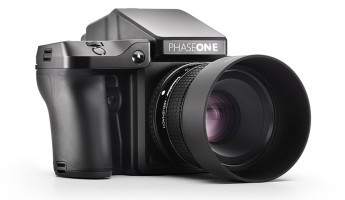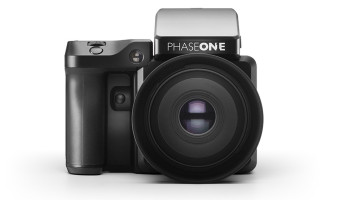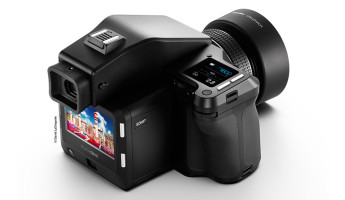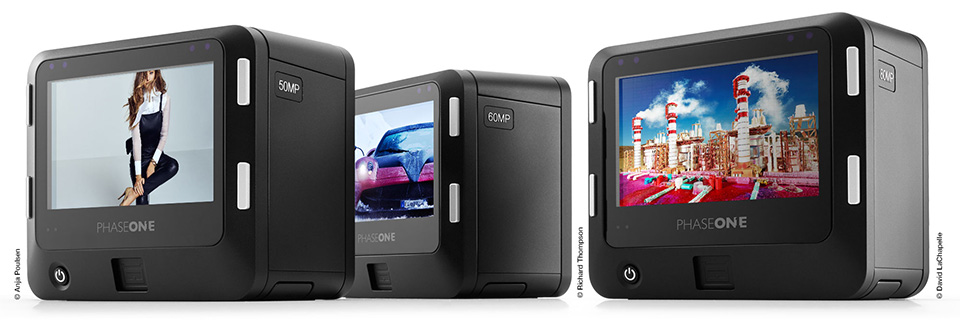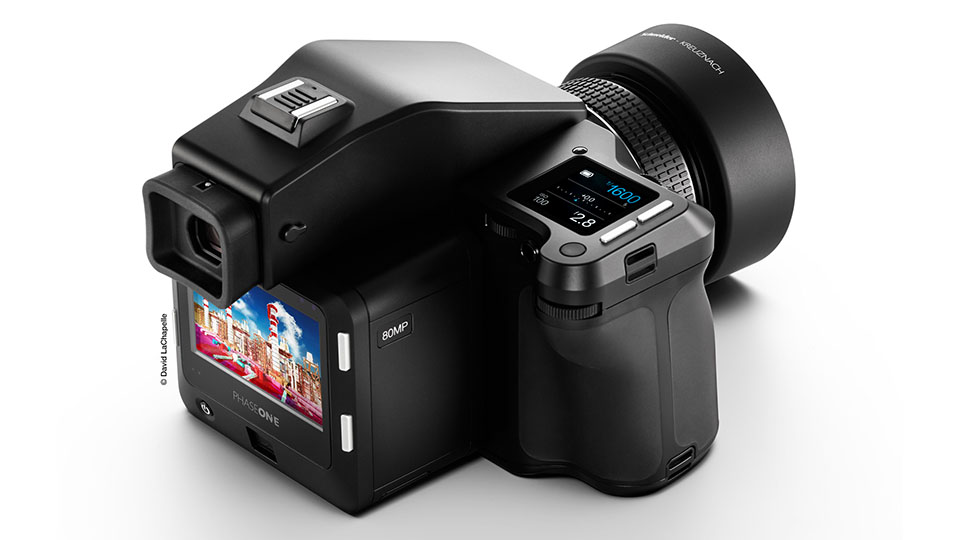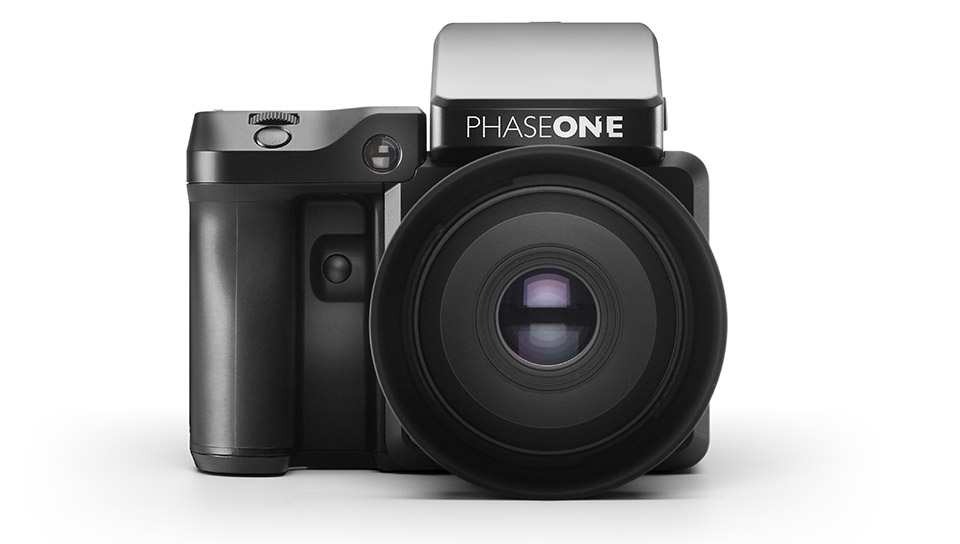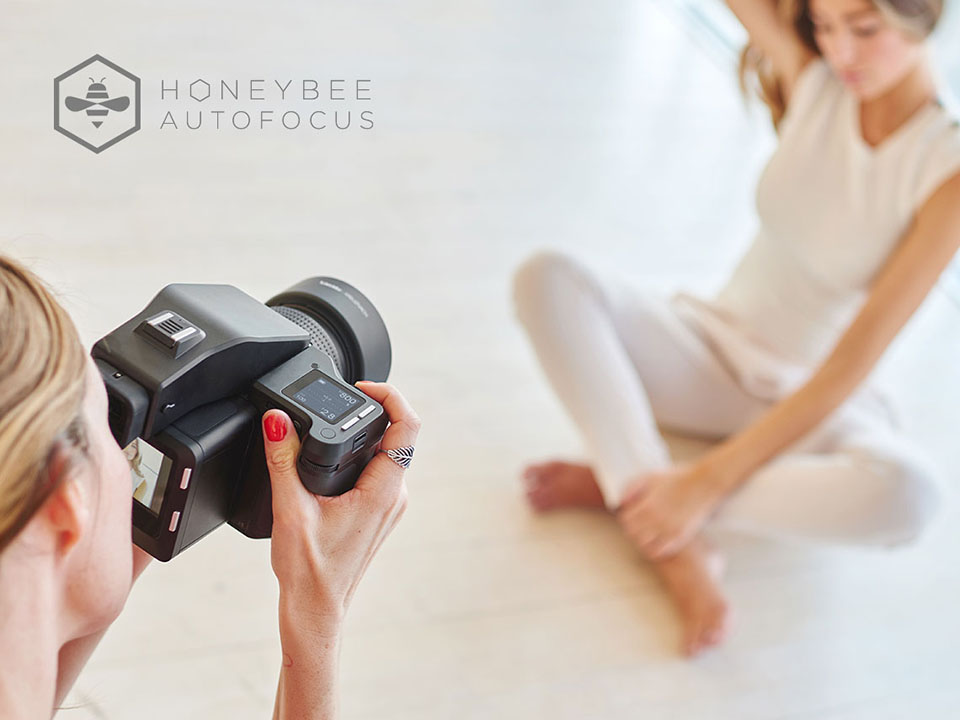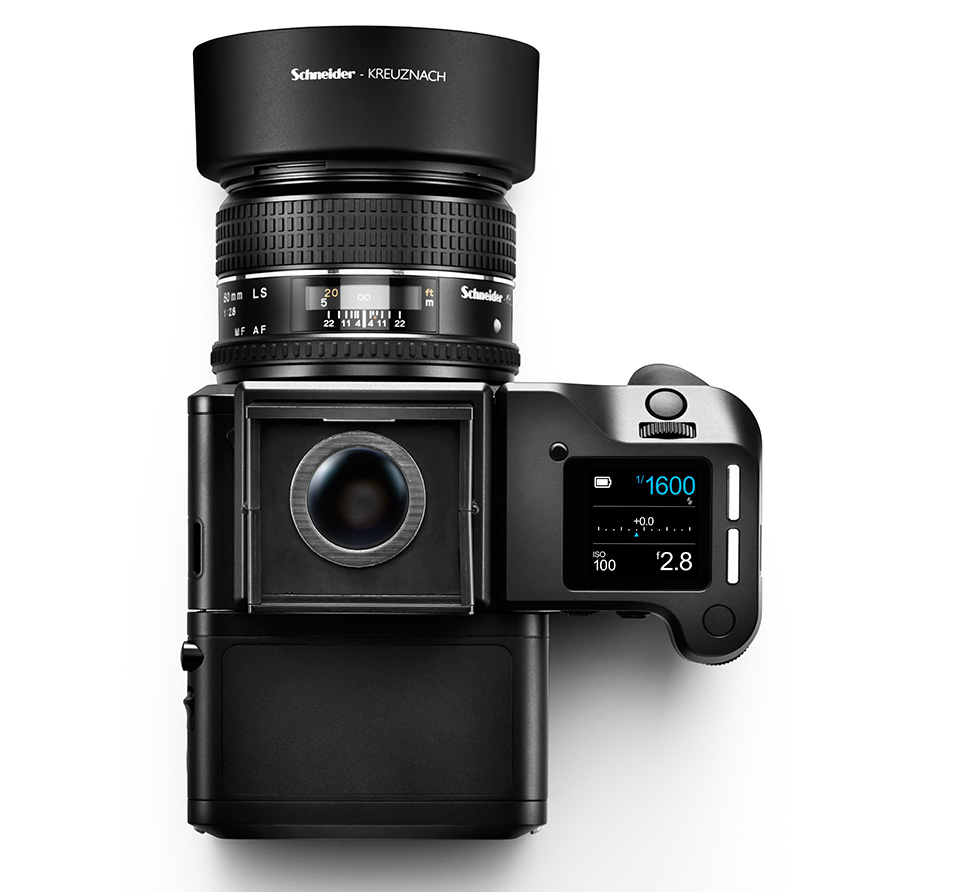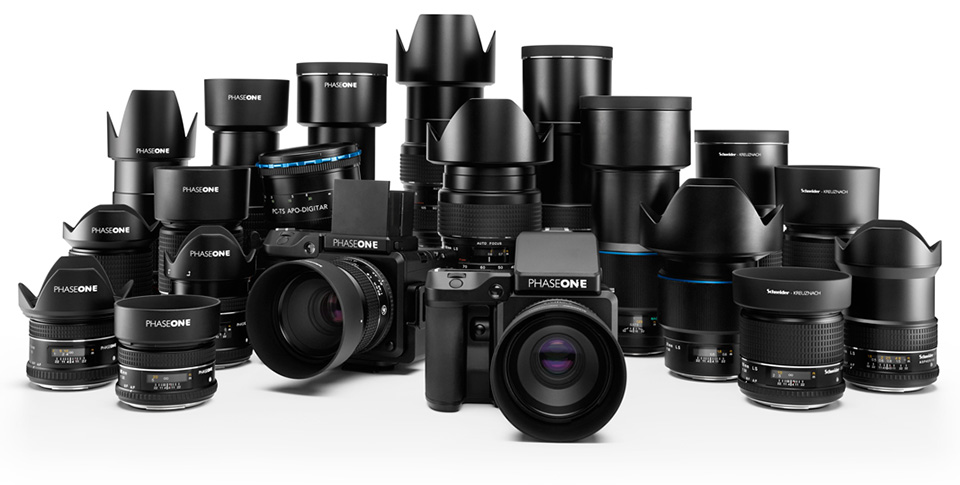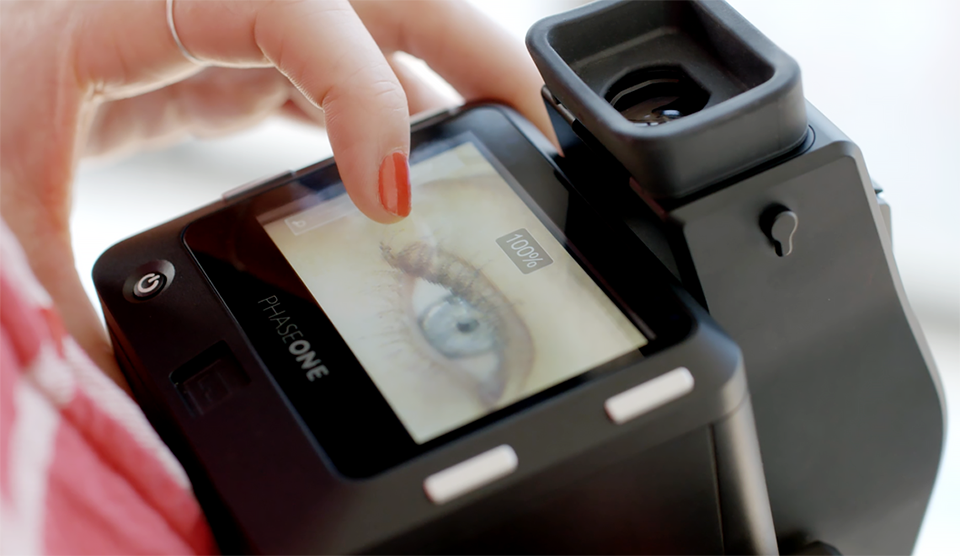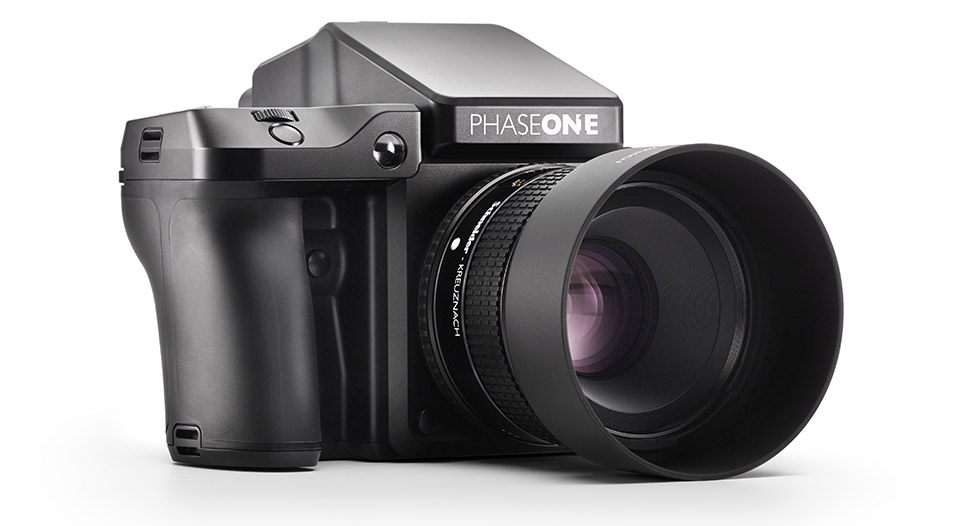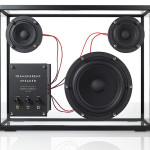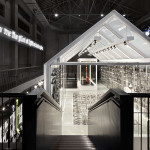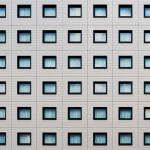While Nikon and Canon slug it out below, Phase One handles the cutting edge. The brand just revealed their latest medium format line, the Phase One XF Camera System.
The XF is a new modular body/back combo that is capable of 80 megapixel still photography with 14-stops of dynamic range. That’s the kind of resolution and flexibility that commercial photographers — from fashion to automotive to architecture — demand in a medium format camera. It might seem like overkill to a photography enthusiast, but what sweet, sweet overkill it is.
The Phase One XF is a special kind of beast.
“What does a photographer get by investing in a Phase One XF? Resolution, dynamic range and optics.”
The Phase One XF “camera system” qualifier is an important point of distinction. If you’re new to digital medium format photography, these systems come in three parts. There’s the lens, the body and the back — the last part includes the sensor and storage device that have replaced the “film backs” of the analog days. So to purchase a Phase One XF, you’d be picking up a Schneider Kreuznach lens, the Phase One XF body and a Phase One IQ3 digital back. Hence the phrase “camera system” instead of the back-and-body DSLRs we’re used to.
View in gallery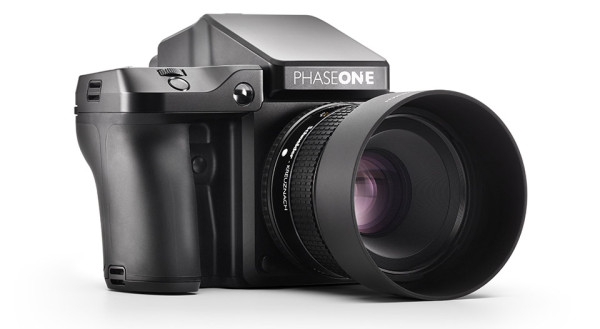
What does a photographer get by investing in a Phase One XF? Resolution, dynamic range and optics. I’m sure Phase One would give you a much lengthier answer than that, but those three factors are central to this medium format offering.
“The most practical value of this massive sensor is its dynamic range performance. Dynamic range is a key phrase that should interest photographers a lot more than the megapixel count.”
First, the IQ3 digital back on the Phase One XF can provide 80 megapixel resolution. It’s important to note, however, that this isn’t just a factor of the megapixel arms race. The sensor on this camera is 2.5 times larger than your typical full frame Canon or Nikon. That significantly larger sensor offers a level of image quality that goes far beyond a megapixel count, and it presents excellent low-light performance given its sheer size for light absorption. But this sensor and its megapixels aren’t just suited to low light or massive print photography. It gives a massive initial image to crop from, allowing micro-crops of a small part of the frame that will themselves be huge in resolution. Think of it like this — if you crop 3/4th’s of your shot and use a small portion, that’s still a 20 megapixel image.
View in gallery
The most practical value of this massive sensor is its dynamic range performance. Dynamic range is a key phrase that should interest photographers a lot more than the megapixel count. The Phase One XF presents 14-stops of dynamic range, meaning the brightest object and the darkest object with detail can have a massive 14-stops between them. If you don’t have a strong handle on what f-stops represent, here’s an easy primer. If you lower an exposure by one stop, it’s exactly half as bright as it was before. Now consider that on an exponent scale 14 times. It’s huge. This is your take-away on the Phase One XF, dear reader.
View in gallery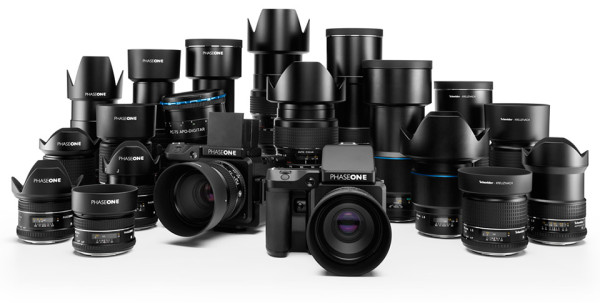
Last, the optics available for the Phase One XF are something to behold. Schneider Kreuznach produces some of the finest (and costliest) lenses money can buy. This writer has used a few during food shoots, especially the 90mm Schneider Kreuznach tilt shift. If you knew nothing about photography, you’d think they were either sculpture or weaponry. On the camera, they produce the sharpest, most flexible optics money can buy.
Speaking of money, that’s the rub. The 80MP version of the Phase One XF and the IQ3 digital back are available for $48,990. Yikes. We’ll leave it at that.
Phase One XF Introduction Video
View in gallery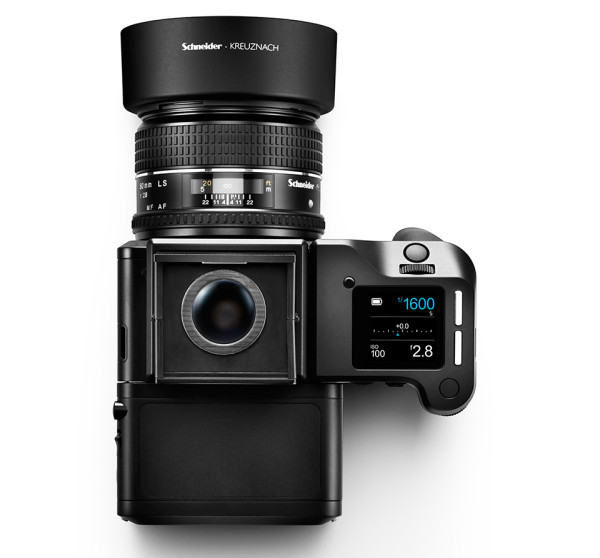
View in gallery